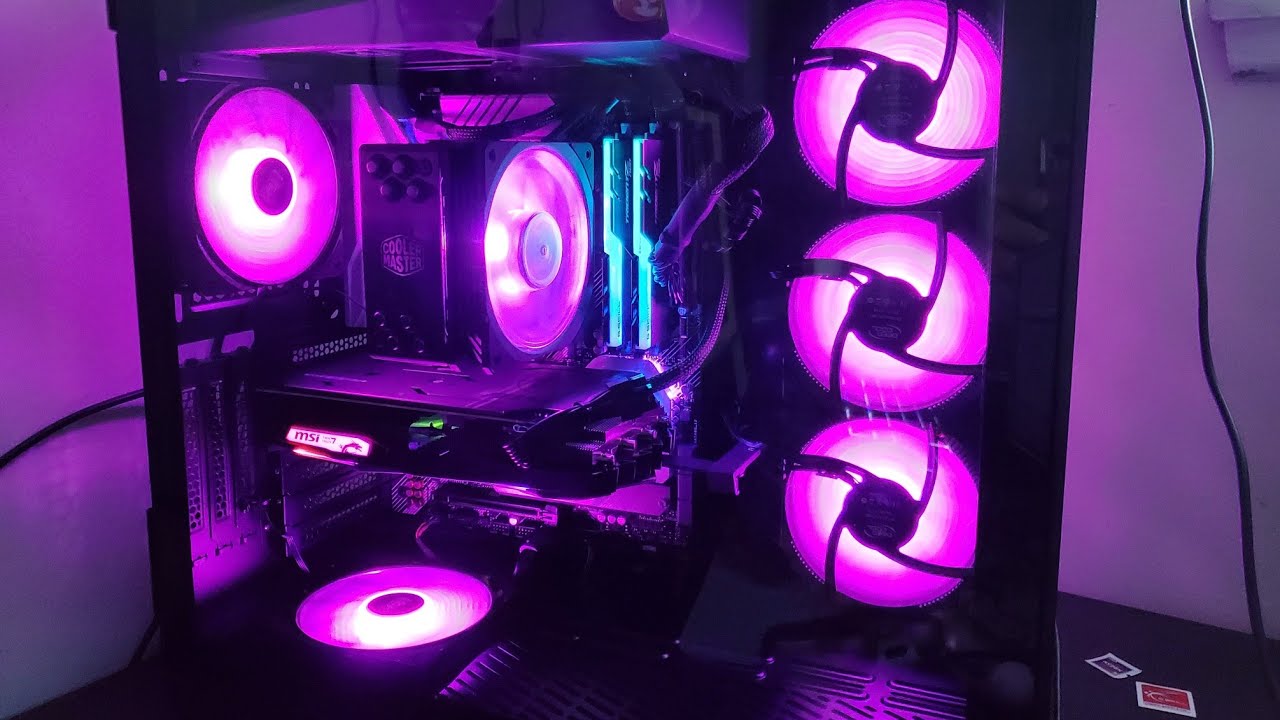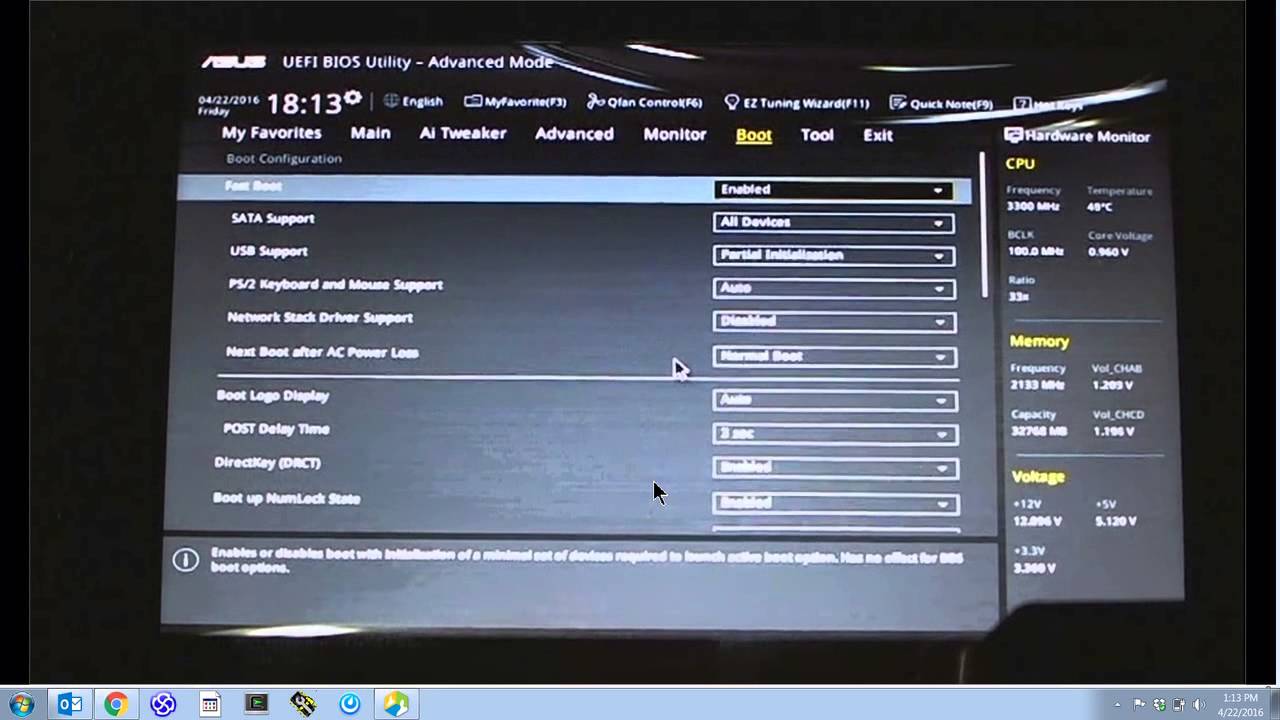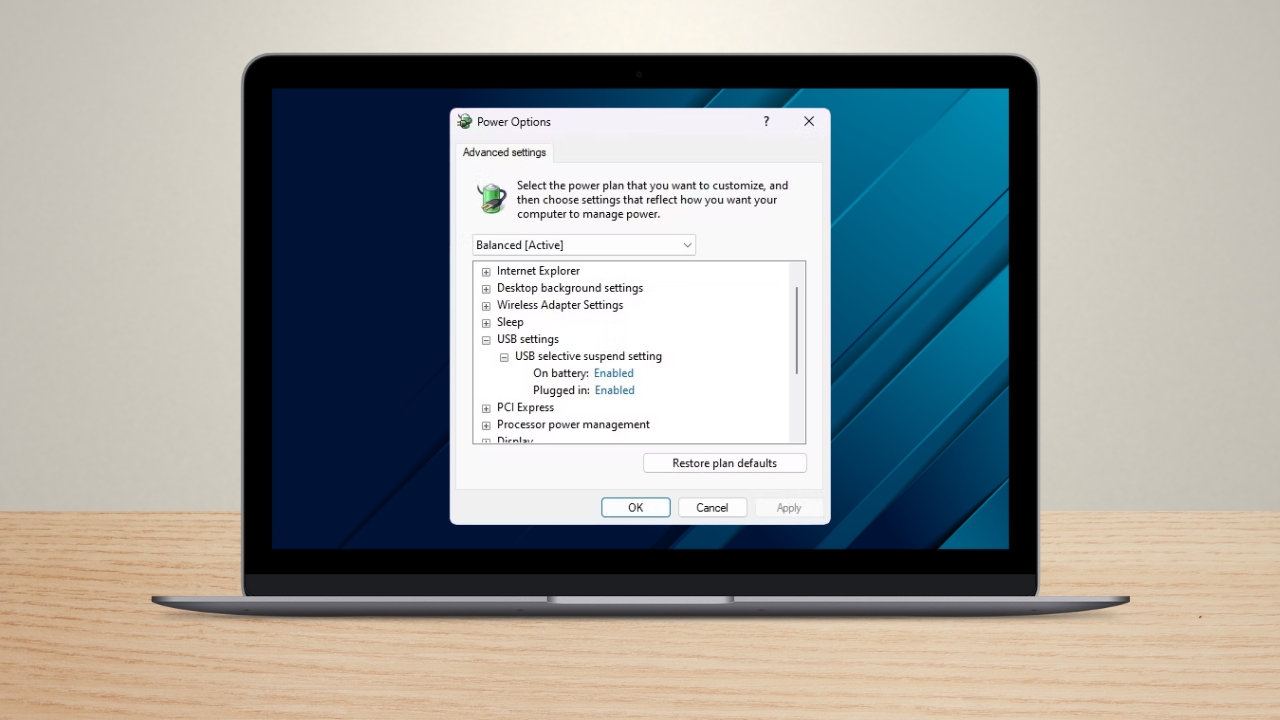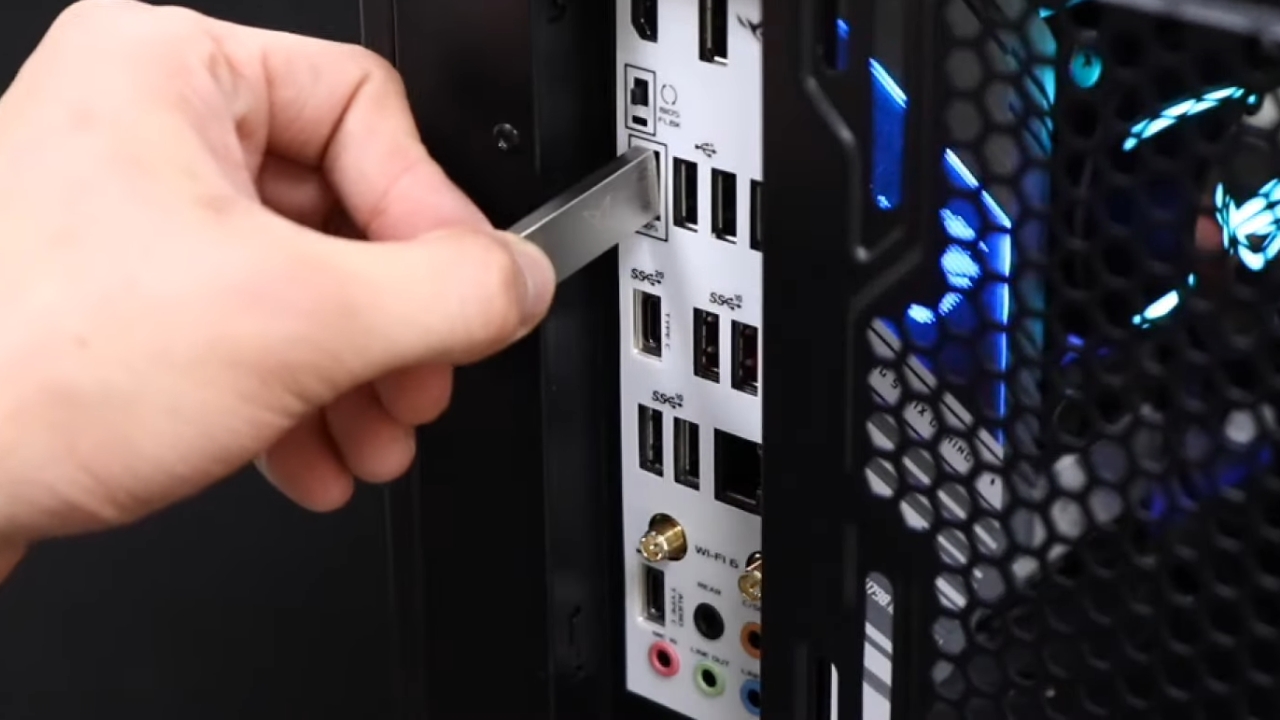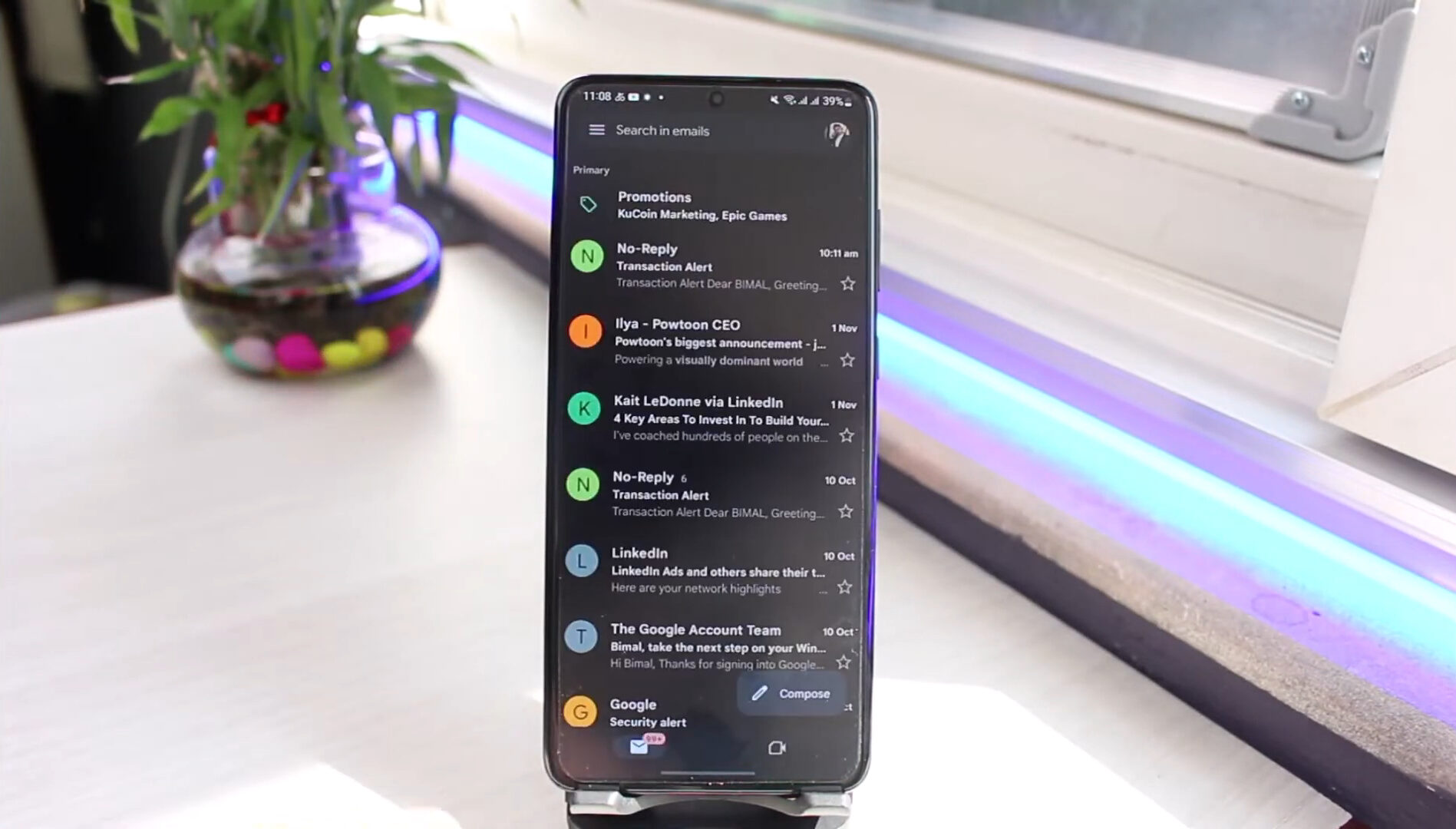
Share Post:
Need to tidy up your Gmail search history? You’re in the right place. It’s quite simple to clear it on both your desktop web browser and the Gmail mobile app. Simply go to your Gmail settings and look for the search history settings.
Taking care of your digital privacy is important, and keeping your Gmail search history clean is one part of that.
You can delete your search history manually or set it to auto-delete.
This helps keep your account organized and your private searches confidential.
Step-By-Step Process to Delete Search History
Deleting your Gmail search history can be done through multiple methods depending on the device and platform you are using.
From the Gmail App on Mobile Devices

- Open the Gmail App: Launch the Gmail app on your Android or iPhone.
- Access Settings: Tap your profile picture or initials in the top-right corner, then select “Search history”.
Choose Delete Options:
- Delete All Time: To erase your entire search history, choose Delete, then select Delete all time.
- Delete Custom Range: For specific time periods, choose Delete, then Delete custom range and pick the dates.
- Confirmation: Confirm your choice to finalize the deletion.
This method is straightforward and effective for managing your search history directly from your mobile device.
Using Desktop Browsers
- Open Gmail: Go to www.gmail.com in your Chrome, Safari, Firefox, or Internet Explorer browser and log in.
- Go to My Activity: Click on your profile picture at the top right and select Manage your Google Account. Navigate to the Data & privacy tab and click My Activity.
- Select Activity Controls: In the left menu, select Activity controls, then click Manage activity under Web & App Activity.
Deleting Search History:
- Individual Items: Use the search bar or filters to find specific items. Click the three dots next to the item and select Delete.
- Entire History: Click on the options icon (three dots) in the upper right, select Delete activity by, and choose All time.
This ensures you can manage your search history from any desktop browser (Find troubleshooting tips on what to do when you can’t delete your browser history).
Via My Google Activity Page

- Access My Google Activity: Visit google.com/history and log in with your Google account.
- Delete Activity: At the top-right of the page, click on the triple-dotted vertical line (options).
Choose Deletion Options:
- Delete by Date: Choose Delete by date, then pick specific dates or time periods.
- Delete All Time: Select All time to clear your entire search history.
- Confirmation: Confirm your selection to complete the deletion process.
Using the My Google Activity page is a comprehensive way to manage and delete your search history across all devices.
Managing Data and Privacy

When managing your data and privacy on Gmail, there are two main areas to focus on: your Google Account settings and Google Workspace considerations. Here’s what you need to know.
Google Account Settings
In your Google Account, you can control your data and privacy. Start by navigating to your Google Account through your browser. Go to Data & privacy on the left-hand menu.
Under History settings, you can view and manage your activity. This includes searching history, web, and app activity. You can filter by date and product to locate specific entries.
To delete any activity, select the desired data and specify the time range (e.g., a custom range, a specific day, all time). Ensuring to Auto-delete the settings allows you to keep your data for a defined period, like 3 or 18 months, after which it gets erased automatically.
Google Workspace Considerations
If you use Google Workspace, managing your data and privacy involves a few additional steps. In Workspace, administrators have more control over settings.
Administrators can access the Admin Console to review data retention policies, set up data loss prevention (DLP) policies, and monitor user activity. Filtering by date and product is available here as well, making it easier to manage organizational data effectively.
Keep in mind that Workspace data might include shared documents and emails, so ensure policies conform to your organization’s needs. Remember to communicate with users about changes in data handling and privacy settings to maintain transparency.
Advanced Gmail Search Controls

Gmail offers powerful tools for refining your searches and organizing your inbox effectively. You can use filters to hone in on specific emails and automate actions for better inbox management.
Searching With Filters
To improve your search results, use the search bar with specific filters. Click the “Show Search Options” icon next to the search bar to see more options.
Here, you can enter keywords, dates, or sender information. You can also filter by product, such as emails with attachments or conversations.
You can search within folders or by message text, making it easier to find important messages. Combining multiple filters can help you pinpoint exactly what you’re looking for.
Automated Inbox Organization
Creating filters helps automate your inbox organization. Go to Gmail Settings and select General settings. Then click the three-dot menu icon to access the filter options.
To create a filter, enter search information, and select “Create filter.” You can label incoming messages, automatically move them to folders, or archive them.
This helps ensure important emails are always organized. Using filters can save you time and keep your inbox tidy.


